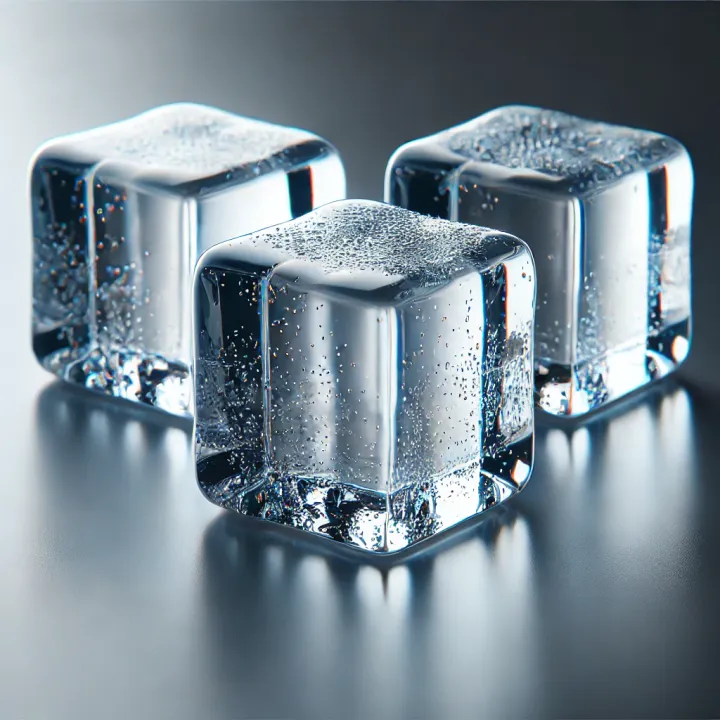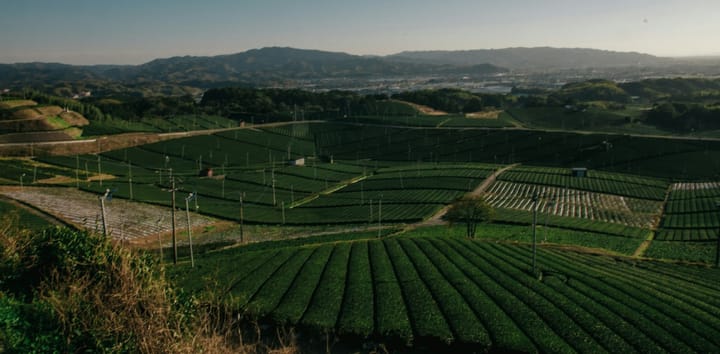Panama Geisha: World's Most Expensive Coffee
If you're a coffee enthusiast curious about Panama Geisha Coffee and its buzz, you're in the right place. Dive into this guide as we unravel its rich history, its premium pricing, and whether it lives up to the acclaim.

When exploring into the world of luxury coffees, names like Black Ivory might spring to mind. This unique brew owes its rich flavors to a unique process where it is partially digested by elephants in Thailand.
Yet, in the shadows of these famed brews lies the lesser-known but equally exquisite Geisha coffee. This rare gem harvested from the elevated terrains of Panama and, contrary to its overlooked status, commands a hefty price tag. Its obscurity can be attributed to the complexity involved in its cultivation. This Panamanian delight, despite its challenges, promises a unique tasting experience for true coffee connoisseurs.
What sets Geisha Coffee apart? With its staggering price, many ask if it's truly worth the splurge. Here's a complete explanation.
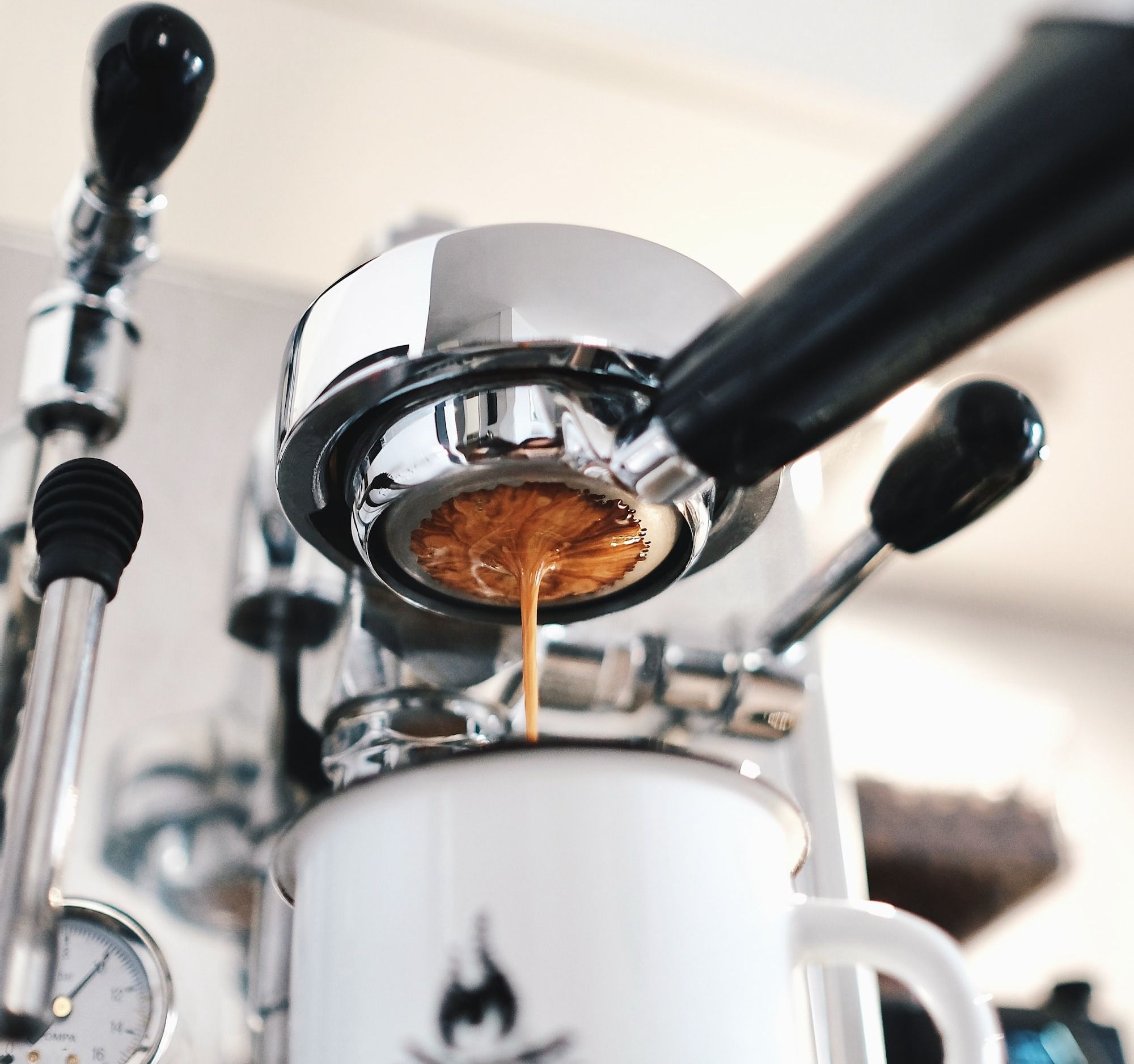
Tracing the Journey: Ethiopia to Panama
Geisha coffee, intriguingly named yet not of Japanese origin, traces its roots back to the Gori Gesha region in Ethiopia. In the 1930s, these distinct seedlings embarked on a journey through African terrains before making a mark in the global coffee arena.
By the 1960s, Central America welcomed this unique bean with open arms. However, the real challenge commenced in the 1970s in Panama. Introduced to combat the menacing coffee rust, its reception was, at best, hesitant due to its lower yields.
It was the daring farmers of Chiriquí's highlands, close to Costa Rica, who embraced the Geisha challenge. Despite its preference for higher altitudes, fewer cherry outputs, and a decade-long wait for a fruitful harvest, the western Panamanian highlands, blessed with a tropical climate, volcanic soil, cooler nights, and abundant rain, became Geisha's sanctuary.
Thanks to pioneering family-run estates like the Jansons, Lamastus, and Vasquez of the Don Pepe Coffee Estate, Geisha found its flourishing ground.
Arabica Varieties
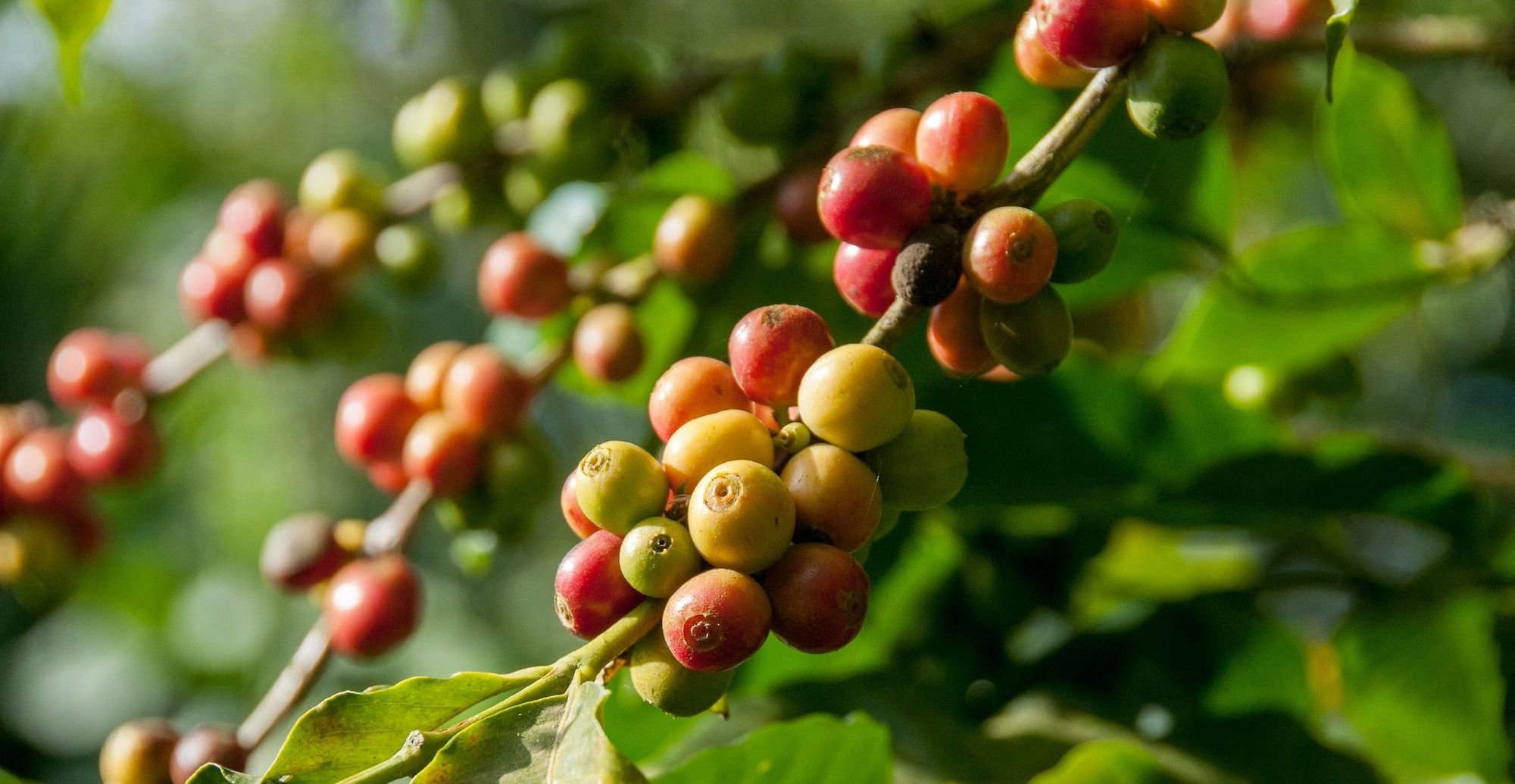
Typica
Originating from Yemen, this variety was later transplanted from Ethiopia to Java.
As the foundational coffee variety, Typica set the blueprint for many subsequent varietals. It was the Dutch who expanded its reach, ensuring its global cultivation. While renowned for its premium taste, its yield tends to be less abundant than other types.
Bourbon
Birthed on Bourbon Island, now called Reunion. Developed as a Typica offshoot, Bourbon boasts a more generous yield. It has carved a niche for its inherent sweetness, winning many a coffee aficionado's heart. Its fruit offers a color palette - from deep red to sunlit yellow and even a captivating orange.
Geisha/Gesha
Native to Ethiopia, with ties to Tanzania. Gesha's namesake is an Ethiopian town. While its birthplace is Ethiopian, its acclaim is largely attributed to its Panamanian adaptation. Its allure lies in its scent profile – a mix of jasmine's freshness, the citrusy touch of orange blossom, and floral undertones. Gaining prominence in coffee championships, Panamanian Gesha stands as a symbol of elite exclusivity.
The Rise of Panama's Geisha Coffee
As the 21st century unfolded, Geisha coffee thrived in Panama. A game-changer arrived in 2004 when Daniel Peterson of Hacienda La Esmeralda showcased Geisha in international competitions, clinching a win at the prestigious Best of Panama contest.
The flavor profile resonated more with Ethiopian brews than typical Latin American ones. Its aromatic presence was intensely floral, complemented by undertones of peach, mango, lime, and a hint of bergamot.
This victory, turned heads in the coffee world, making Geisha a favorite choice for global baristas. Its unique profile, combined with the challenges of its cultivation, skyrocketed its demand, placing it amongst the world's most exclusive and pricey coffees.
A Price Surge
Panama's Geisha coffee gained prominence after repeatedly winning national accolades, capturing global attention. In a classic case of high demand and limited supply, prices skyrocketed. Initially, Hacienda la Esmeralda was the lone producer, consistently setting record prices. Though more farms began cultivating Geisha, its value didn't wane, especially for top-quality beans at the 'Best of Panama' contest. A quick price evolution:
- 2017: Hacienda la Esmeralda - $601/lb
- 2018-2019: Lamastus Family Estates - $803 to $1029/lb
- 2020: Finca Sophia - $1300/lb
- 2021: Finca Nuguo - $2568/lb
The zenith? In September 2022, Lamastus family's Elida Geisha Aguacatillo fetched an astounding $6,034/lb from a Taiwanese buyer.
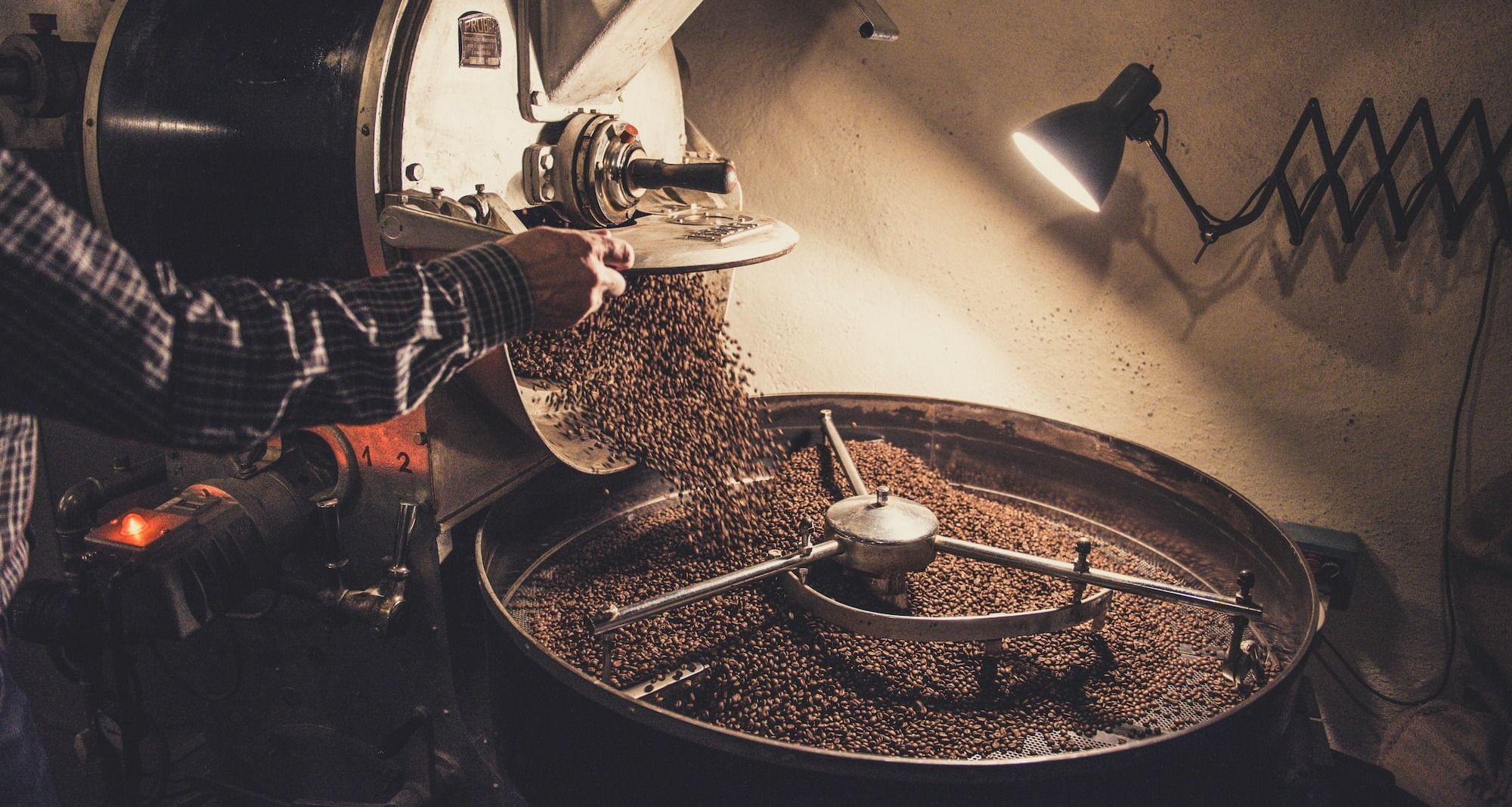
Why Is Panama Geisha Coffee So Expensive?
Panama's Geisha coffee beans, cultivated notably at the Elida Estate deep within a national park, are renowned for their distinct flavor and demanding cultivation needs.
Thriving above 2,000 MASL, this high-altitude region presents challenges, necessitating meticulous harvesting. In 2022, a mere 7lbs/3.2kg of the Geisha Aguacatillo variety was harvested from the estate's pinnacle lot.
These beans experienced the honey processing technique, named for the honey-like mucilage retained during drying, not actual honey. This method enriches their flavor, blending attributes of both natural and washed processing.
The global allure for Panama's Geisha coffee has surged, solidifying its elite stature. The Specialty Coffee Association (SCA) consistently rates Geisha above 90/100, attesting to its superior quality.
At the "Best of Panama" competition, Michael Perry, a distinguished roastmaster, gave the Elida Geisha Natural a notable score of 97. With numerous global coffee competitions, Geisha continues to shine as a paragon of coffee excellence.
At the "Best of Panama" competition, the Elida Geisha Natural scored averagely 95.5 points from a panel of 20 jurors, it also holds the record for the highest score ever in Coffee Review with ratings of 97 and 98 points.
Amidst various global coffee competitions, Geisha consistently emerges as the epitome of coffee brilliance.
Flavor Profile of Panamanian Geisha Coffee
Coffee connoisseurs at elite auctions don't just sip; they dissect each brew with the precision of a wine sommelier. They savor every note, texture, and aroma, even amplifying the experience with a skilled slurp.
Most agree that Geisha coffee dazzles the senses with its pronounced floral undertones, reminiscent of jasmine and lavender. This is complemented by a hint of berry-like sweetness, a touch of acidity, and a whisper of lemongrass. Some even draw parallels between its subtle, refined flavor and the delicate notes of tea, though taste perceptions vary.
Summary
While Panama's Geisha coffee currently stands as the world's costliest brew, another bean with an intriguing backstory could take its place someday. Yet, Panama's coffee community is proud of Geisha's global fame and hopes it sheds a positive light on the nation and its coffee culture.

